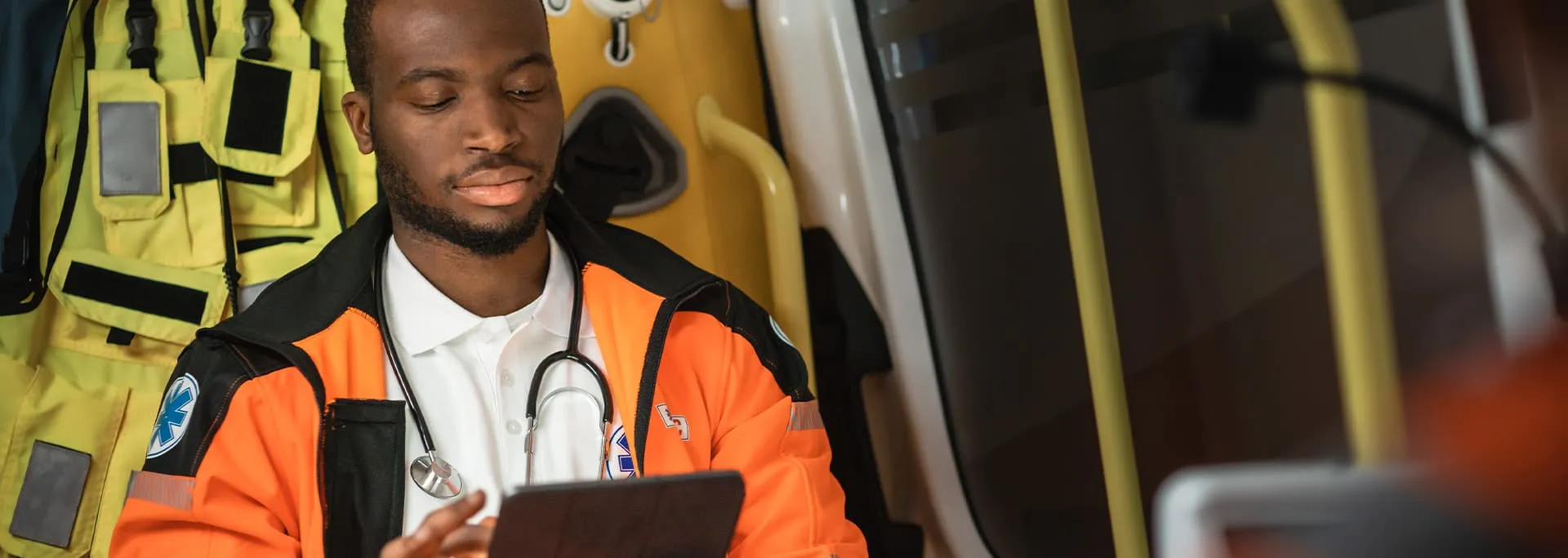Real-world data (RWD) is data collected outside of a traditional clinical trial setting from sources such as electronic medical records (EMRs), payer claims, and disease registries. Real-world evidence (RWE) is the analysis of this data to gain valuable insights into a drug’s usage, benefits, and risk factors.
For life sciences companies, RWD can complement and expand on the data accrued in clinical trials. Not only does this data offer a broader scope than clinical trials, but it also reflects the actual usage in everyday care settings and real-world patient experience.
In oncology, the need to incorporate RWD across every stage drug’s brand lifecycle has never been more important. However, most companies tap into claims data, but you need clinical data—brought forward from the clinical care setting, with the providers who gather the information, and then compile it so that is actionable when it goes to oncology providers.
Here are five reasons why life sciences companies should leverage an RWD partner that offers clinical and claims data, at every stage of the development process.
- Complement Clinical Trial Efforts
While clinical trials are still seen as the gold standard for measuring the efficacy and safety of a new drug, site-based trials involve huge outlays for life sciences and healthcare companies. RWD and RWE can be used to complement clinical trial findings, identify areas for further research, including phase IV, and post-market studies, and make smarter market access for improved return on investment. - Optimize Clinical Trial Protocols
Evidence from a real-world setting can help researchers shape the aims and protocols of clinical trials and can be particularly useful in identifying generalizable population groups and those who may benefit most from the aims of the study.
Additionally, RWD and RWE can be used to identify biomarkers and clinical characteristics associated with certain trial outcomes or create surrogate biomarkers that can expedite the process. - Drive Decisions on Market Feasibility
RWD and RWE can assist life sciences companies in eliminating products that are likely to be unsuccessful at an early stage and to identify potential success stories. It can also be used to determine the feasibility of a study involving certain population groups or diseases. Doing so can also define the market positioning for the drug’s approval.
For research in oncology, in particular, RWD can offer insights into whether there are enough eligible patients to recruit into studies and can also assist with mapping suitable patients onto potential trial sites. - Refine Patient Sub-Segments
With the broader scope of RWD, life sciences companies can hone their patient subpopulations by targeting specific demographic criteria or more granular information such as phenotypes or specific biomarkers.
In the field of oncology, for example, researchers are interested in how real-world clinical and genomic data could help build study populations that can provide robust evidence for precision medicine interventions. RWD can be used in the assessment of genetic mutations and disease progression in cancer patients to define subgroups that could benefit from alternative treatment pathways. - Enable the Monitoring of Post-Market Safety and Adverse Events
In recent years, Congress has mandated the increased use of RWD and RWE for regulatory decision-making and the FDA has taken up this challenge. RWE can be a particularly useful tool in providing post-market evidence for the effectiveness of a drug and potential side effects on different patient segments, driving rapid safety interventions where needed. Providing evidence on how effective the treatment is in real life can help assess the value of the drug for all the stakeholders within the healthcare ecosystem: regulatory authorities, payers, providers, and life science companies.
Find a Trusted RWD / RWE Partner
RWD and RWE are invaluable assets for life sciences companies, driving clinical trials, market access, and commercial efforts in precision medicine. To view the complete benefits and its potential, partner with a leading expert in real-world clinical data who can help optimize the entire R&D process from start to finish.
Looking for an RWD/RWE partner? Learn how we can help by contacting Integra Connect today.
Sources:
https://www.sofpromed.com/how-much-does-a-clinical-trial-cost
https://www.ncbi.nlm.nih.gov/pmc/articles/PMC7093234/
https://www.clinicalleader.com/doc/how-can-i-use-real-world-data-in-clinical-trials-0001
https://www.pharmaceutical-technology.com/analysis/real-world-data-improving-outcomes/
https://www.obviohealth.com/real-world-data-clinical-trials
https://www.healthaffairs.org/doi/full/10.1377/hlthaff.2017.1579
https://medcitynews.com/2021/12/liberating-real-world-data-for-use-in-clinical-trials/
https://www.congress.gov/114/plaws/publ255/PLAW-114publ255.pdf







